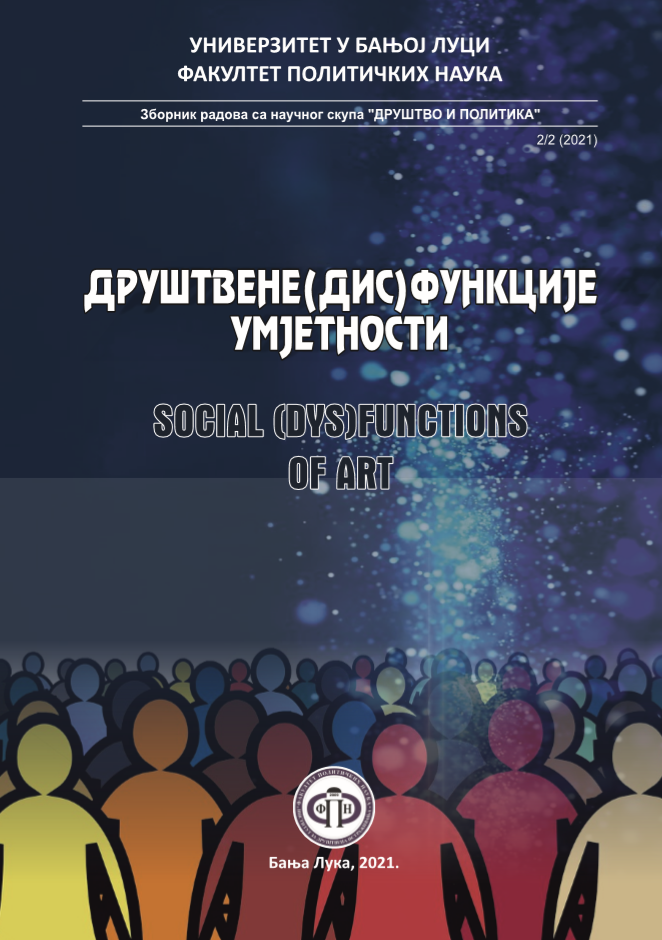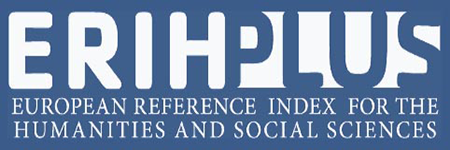ИЗВЕДБА ВОДЕ – УМЈЕТНОСТ И АРТИВИСТИЧКЕ ПРАКСЕ
##plugins.pubIds.doi.readerDisplayName##:
https://doi.org/10.7251/FPNDP2102143MКључне речи:
изведба воде, water/river art, артивизам, „ратови за воду“, Томислав Готовац, Власта Делимар, Land art, Earth Art, Earthworks: z/Zemlja i antropocen, Кристина ПонграцСажетак
The article interprets the role of water in the Croatian contemporary visual practice of water/river art, which literally returns to its sources, including to the local knowledge on water. Or, as Celeste Ray emphasises in the context of waterscape sacrality: “The paradigm of sacred water is panhuman and the sacrality of springs particularly has been reimagined and re-placed cross-culturally and trans-temporally” (Ray, 2019, str. 267). In an urban environment, the memories of the local knowledge on Croatia’s most famous spring/fountain – Manduševac – were demonstrated by the doyen of Croatian performance art Tomislav Gotovac, by (free)falling into the waters of Manduševac in his urban performance High Noon, Fall into Manduševac Fountain (2002); in the rural area of the well/source on her estate in Štaglinec (near Koprivnica), in her introductory speech, the doyenne of Croatian performance art Vlasta Delimar thematised the rural knowledge on water from the well/source – the performance Both a Well and a Source (The Water Well or Draw-Well). It can be said that conceptual art literally returns to its sources, including to water, which is also accomplished by the art and science project Land Art, Earth Art, Earthworks: Earth (Land, Soil) and the Anthropocene of the Academy of Fine Arts in Zagreb (started in 2019), as well as a series of ecologically engaged artistic interventions and installations by Kristina Pongrac created from 2017 to 2020 for the purpose of nature conservation and protected areas in Međimurje and Koprivnica-Križevci counties.
##submission.downloads##
Објављено
Bрој часописа
Секција
Лиценца

Овај рад је под Creative Commons Aуторство-Nекомерцијално-Без прераде 4.0 Интернационална лиценца.





